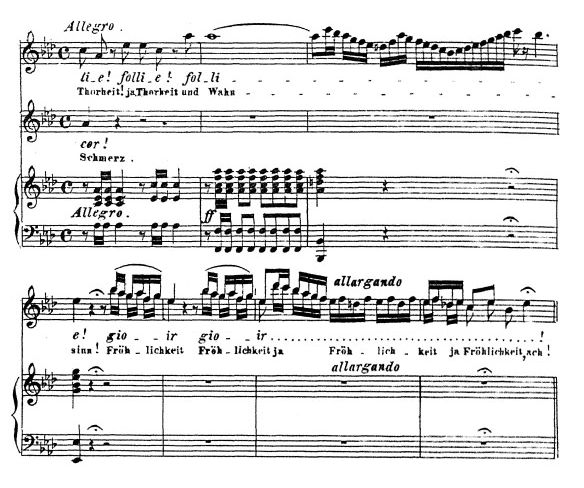
Lack Of Chest Voice
A common vocal fault that appears in certain singers is when the texture of sound we call the “chest voice” does not really seem to be present.
When this is the case, there may be diverse symptoms such as:
- breathiness in the lower part of one’s range coupled with one always running out of breath,
- not being able to increase volume without strain,
- too light at the bottom of the range and too heavy at the top,
- constriction due to an elevated larynx, and
- even a reduction in range.
The muscle system responsible for producing that which we call “chest” is named the arytenoid muscle system, and its basic job is to close the vocal cords. When this muscle is doing its job, then “chest voice” appears.
When the cords are properly closed, according to how much closure is needed for any given pitch or volume, then breath does not leak out and our air is conserved without us having to do any special breathing technique. Since breath does not leak out but is transformed into vocal tone through vocal cord activity, then we naturally have more volume.
When this muscle is active, then the cords are thicker at the bottom. Thus, we are a bit heavier where we should be in the vocal range. This situation will allow the top of the vocal range to be lighter as it should be, rather than things getting all mixed up and topsy turvy.
When this muscle is active, it helps to stabilize our larynx as it offers what could be considered an anchor against the necessary stretch of the vocal cords by the other main muscle system in our larynx. Without the “chest” or “closer muscle system” then the “falsetto” or “stretcher muscle system” pulls too much and our larynx rises too high. We can feel like we are choking as constriction increases. Yet, as the “stretcher ” stretches, we sing higher and the “closer” closes; offering a foundation or anchor place from which to stretch. Then, the muscles become balanced in a dynamic equilibrium wherein the larynx stays basically level and the throat is free of constriction. A great feeling of freedom!
Finally, when this muscle is active, and there is this balanced equilibrium, then our range expands as the muscles do their jobs and coordinate – one closing and acting as anchor for the thinning and stretching of the other.
As a little experiment, blow up a balloon. Hold one end of the opening steady. Then, slowly let out tiny bits of air while stretching the other end so that the squeal or pitch produced becomes higher and higher. Cool, huh?! Now, if we let the end go, there is a quick reduction in pitch. All the air escapes, and the volume immediately disappears.
The chest voice is necessary for singing as it is the muscle system responsible for our vocal home having a secure basement and foundation area. Or to use another metaphor, chest voice is the anchor that makes sure our vocal ship doesn’t drift away.
about the author
Allen Rascoe Allen has been enjoying singing since he was a little kid. He officially studied voice at ECU and USC. However, he ran... Read More

RECENT ARTICLES
-

Career Your Opportunities for a Fulfilling Career in Singing
-

Basic Skills, Beginners, Tips Tips To Improve Your Singing Voice
-

Exercises, Warmups 10 Vocal Warm-ups to Change the Way You Sing
-

Basic Skills, Beginners, Exercises, Songs, Voice Teachers, Warmups What is My Vocal Range – Identify, Master and Expand Your Range
RECENT IN KNOWLEDGE
Recent Topics
- Beginning Voice Lessons (1)
- Breathing Techniques (1)
- Confidence (1)
- Experienced Teacher (1)
- Kids Singing Lessons (1)
- Musical Career (1)
- Practice (1)
- Private Lessons (1)
- Professional Singer (2)
- Sing (1)
- Singing Teachers (2)
- Style (1)
- Teach Online (1)
- Vocal Exercises (1)
- Vocal Health (1)
- Vocal Music (1)
- Vocal Pitch (3)
- Vocal Range (4)
- Voice Coach (1)
- Voice Exercises (2)
- Voice Training (4)
- Young Vocalist (1)
Categories
- Basic Skills (7)
- Beginners (8)
- Career (2)
- CCM (1)
- Contemporary Commercial Music (1)
- Crossing Over (1)
- Exercises (2)
- Online Lessons (3)
- Online Voice Lessons (1)
- Songs (2)
- Students (6)
- Tips (4)
- Vocal Coaches (1)
- Voice Teachers (2)
- Warmups (2)
Testimonials

















